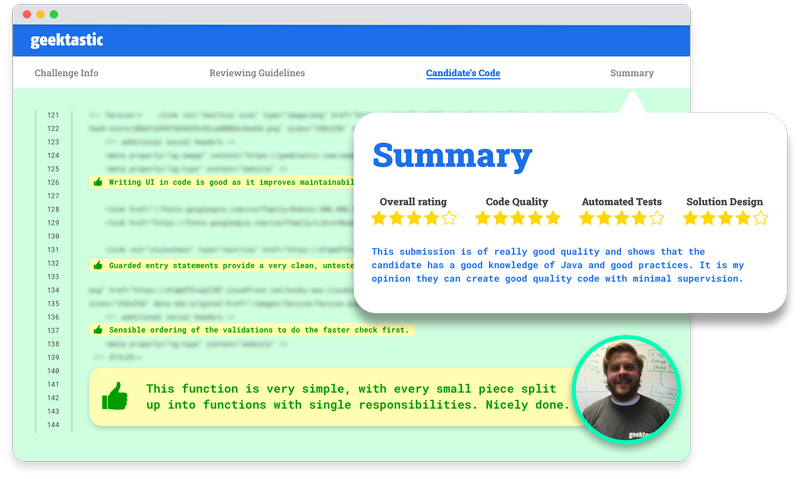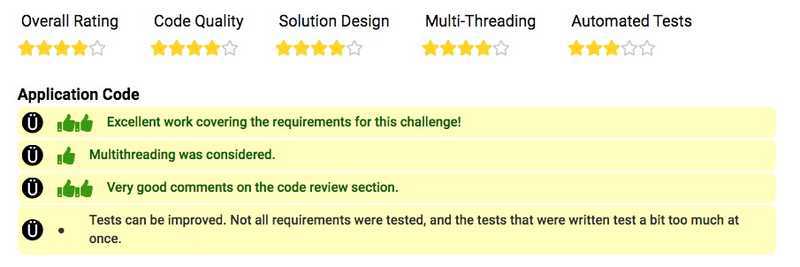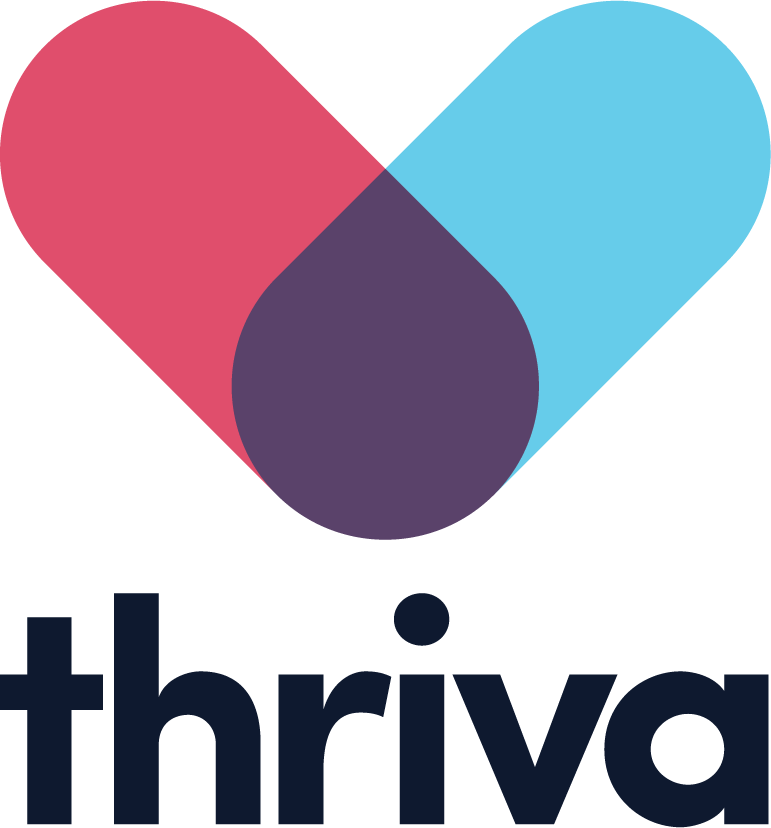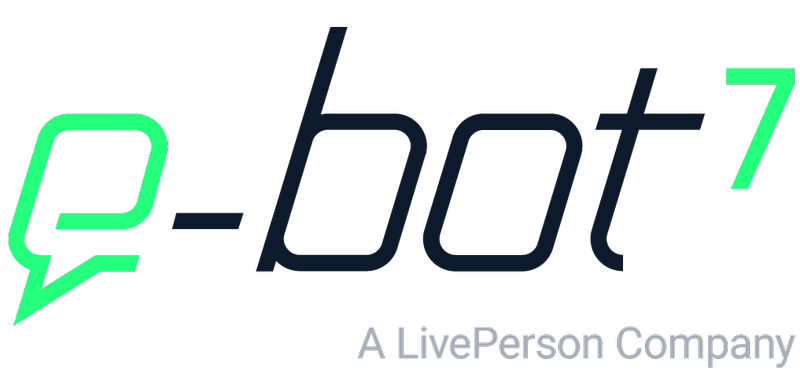Why Coding Assessments are an Essential Hiring Tool
All major languages assessed in 24 hours

Trusted by these brands
Looking for Coding Assessments to quickly and efficiently identify your best candidates?

Bulb hired 70 developers in 12 months using Geektastic’s assessments, saving 58 days of engineering resource


- 70Engineers hired in the last 12 months
- 44Hours per week of engingeering time saved
- 50%Reduction in time to hire
- 408Technical assessments outsourced
Where our expert review team work by day

What are coding assessments?
Coding assessments, otherwise known as coding challenges or coding skills tests, are a set of standardised questions, challenges or problems given to developers in order to ascertain their skill level.
Coding assessments come in a variety of forms. They can be created in-house, or you can use a pre-existing platform. They can be multiple choice, or complex problems that may take a whole week to complete (although we don’t advocate that!).
The ultimate goal of a coding assessment is to gather unbiased insight into your candidates’ all-round coding skills that can be used to compare applicants. You can then combine these results with your other hiring criteria such as salary requirements, communication skills and previous industry experience, in order to hire the very best candidate for your organisation.
Challenges when hiring developers
Let’s take a look at some of the challenges you might run into whilst hiring developers and investigate how coding assessments can help.
- Lack of quality applicants - What might look like a lack of quality applicants is quite often a result of your process letting you down. Candidates are often filtered out because their CV doesn’t tick all your boxes or your clever AI personality test is trained on biased data. This is where a coding assessment comes in. By giving each applicant a coding challenge to complete, you can gain a deep understanding of the skill level of each developer. There is a balance to be struck here in terms of when to trigger the assessment. Rightly so, lots of developers push back from any kind of coding challenge before speaking with the hiring team, more on this later.
- Too many applicants - Too many applicants can be just as bad as too few. With too many applicants, you have no idea where to start. You may miss that gem of a candidate because you simply didn’t have time to speak with them. Again, by using a coding assessment, you can ensure nobody is missed just because they were last to apply or their name starts with z!
- Hiring manager’s time - Hiring takes time. Reading CVs, arranging initial get to know you calls and technical interviews take hours of precious time away from your team. By utilising a technical coding assessment, you can reduce the number of technical interviews needed. This allows you to give everyone a fair and balanced evaluation while focusing your team’s attention on the very best applicants.
- Bad hires - Bad hires can be an extremely costly mistake for any organisation. We just spoke about the hiring manager’s time, now add on the time onboarding, training, managing, performing code reviews and more, for it all to be a waste. This is a huge waste of time for everybody involved. Not to mention any associated costs with recruiting, such as agent fees, job boards and advertising, which all add up. Finally, if you need to rework all of that applicant’s code, this will eat into your productivity and profits too! If you hire badly, you’ll need to hire twice. While you can never eliminate the risk of bad hires, with a coding assessment, you can drastically limit your risk. You’ll have a fair understanding of each applicant’s coding abilities, you’ll then need to evaluate their personality and aspirations to ensure there is a match with the organisation and role.
- Eliminating bias from your hiring process - It’s vitally important to remove all bias from your hiring process. Using anonymised take-home coding challenges where the reviewer is assessing the code without seeing any details about the candidate removes conscious or unconscious bias at this stage in your hiring process.
- No clear way to judge skill level - Equally, if you have no standardised way of assessing candidates’ skill levels, you may conduct easier interviews with some candidates over others, leaving you confused or misled as to who is the most adept developer. With a coding assessment, this is no longer an issue as each candidate will receive the same assessment and will be reviewed to the same set of strict review guidelines.
Using coding assessments appropriately
Hopefully, you can see that coding assessments are a very powerful tool in the hiring process. With that said, they need to be used appropriately. This is mostly due to the fact that some developers, certainly those more seasoned, will be reluctant to complete a coding challenge without a significant investment in the company they are applying for.
Therefore, we recommend the following approach. When dealing with senior hires, you are likely to have fewer applications, invest good time getting to know these applicants and implement a coding challenge later in the process.
For more junior roles, you may receive a lot of applications, here it may be more appropriate to utilise a short coding test at or near the beginning of the process in order to filter out those less suitable.
This isn’t a hard and fast rule, and, of course, tailor this to your circumstances. That said, it’s also important to ensure that the coding assessment you use is appropriate for the skill level you are hiring for. Too difficult a challenge for a junior role and you’ll put off applicants and likewise, if you provide a simplistic challenge for a seasoned professional.
If you’d like to give a coding challenge a try,
Which coding assessment platform to choose?
When it comes to coding assessments, you have several options. You can try to build out a coding challenge yourself, or you can go with off-the-shelf challenges.
Of course, building your own challenge has benefits and drawbacks.
When building your own challenge, you can tailor it to your organisation, and you’ll usually save some money too. That said, the financial savings are often outweighed by the time investment needed to create something. Pre-built coding assessments have several advantages over something built in-house.
Variety - With an existing platform, you have a variety of challenges to choose from, for all coding languages and all skill levels. This means they can be used for all your developer vacancies.
Up to date - Existing platforms are kept up to date, so you won’t need to periodically re-work your challenges.
Review Guidelines - Almost as important as the challenge, a calibrated set of review guidelines allow the reviewers to assess the submission in line with all the other reviewers. This guarantees you are comparing your candidates’ results fairly.
Industry standard and scoped correctly - Finally, and potentially most importantly, these tests have been worked and reworked over and over to ensure they are unambiguous and contain the right level of detailed instructions. They have been created by developers, for developers, and won’t throw anyone off when they receive them. An in-house challenge may be too long, too short, too difficult, or too easy.
Next, you’ll need to consider which platform to use. There are, of course, a variety of platforms to choose from. We would naturally recommendGeektastic, though there are other popular platforms such as HackerRank. That said, please read our article on why we think we are a better alternative to HackerRank.
How to read technical online assessments for coders?
We have a dedicated team of peer-reviewers who can assess your candidates’ submissions within 24 hours. If you’d rather read the code yourself, you can take advantage of our code review tools.
Our 360 degree code review tool can make comments and ask questions right on the code, and your candidate can respond. This feedback method is perfect when you think a little more context would influence your decision.
It’s important to look at performance in conjunction with factors like experience. A younger coder might be great at creating data structures, but older candidates who struggle here and have other skills to offer shouldn’t be automatically discounted. When it comes to reading the technical assessments, use the candidate’s CV and demographics as context.
Other essential hiring tools
Now that you’ve established which coding assessment method or platform you are using, it’s important to make sure you have everything else in place, too.
Below is a quick rundown of some other essential hiring tools to consider:
Applicant Tracking System - An applicant tracking system, or ‘ATS’ is an often overlooked, yet critical part of any hiring process. With an ATS, you’ll be able to keep track of every applicant at every stage of the process.
You’ll be able to ensure each applicant has been sent their coding assessment, and that each applicant has been spoken to. No more candidates slipping through the cracks.
You’ll also be able to retain information for a period of time, in line with your data protection policy. This will allow you to contact candidates again in the future should a more suitable position arise. Equally, you’ll be able to see if a candidate has applied to a previous role and the reasons they weren’t successful.
Finally, you can keep notes on each candidate as they progress, so each of your team is aligned.
The value of an ATS, especially when managing multiple vacancies or when multiple individuals are involved in the hiring process, cannot be overstated.
Geektastic is currently integrated with Greenhouse, Workable and Lever
LinkedIn - LinkedIn is the go-to place for many when hiring. First, it’s an excellent place to search for candidates. With some simple searches, you can find your top prospects and inMail or connect with them to discuss your role. You can also see who you know that is connected to them. This can be an excellent way to secure an introduction.
Because you can see your mutual connections, this can also be an excellent way to secure references too.
With a LinkedIn recruiter licence, you’ll be able to see anyone who has listed their profile as “open to opportunities”, which, as you can imagine, is a godsend when recruiting.
LinkedIn can also be an excellent place to advertise your vacancy to the world. With so many of the world’s top developers on the platform, it’s a great place to start.
Finally, prospective employees will often evaluate your company by looking at your company LinkedIn profile. This can be a great place to share all the reasons why someone might want to work with you.
Email automation
Few hiring teams are using email automation. However, when used correctly, this can greatly improve your hiring success rates.
First of all, you are able to email all candidates in one go asking for more information, sending out the technical tests, etc. This can save you a great deal of time.
Secondly, with a good email automation system, you’ll be able to automatically follow up on emails if they haven’t been read or replied to. This will ensure top talent doesn’t slip through the cracks due to simply missing an email or forgetting to reply.
Finally, with solid email automation, you can automatically email any unsuccessful applicants which will show you respect their time in applying and will enhance your reputation in the marketplace too.
Calendar auto scheduling
This may be included in your ATS system, however many do not feature this so we thought we’d include this here too.
A calendar scheduling system such as Calendly can be a real timesaver when arranging interviews. A tool like Calendly syncs with your calendar and allows candidates to automatically book in a time that suits both of you. With so many calls and meetings to arrange, these tools save an enormous amount of back and forth in trying to schedule interviews.
Job boards
Finally, it should go without saying, but a few decent job boards are an excellent addition to any hiring efforts. Of course, candidates are actively seeking jobs and uploading their CVs here, so you’ll find a much higher success rate. That being said, those actively looking for jobs are often in high demand, meaning you’ll have more competition on your hands.
To find the true gems, it’s often best to look for those passive candidates. This can involve a heavy time investment, so if you’re not getting too much luck searching directly, it may be best to partner with a reputable recruitment agency.
Interested in reading more about
coding tests for interviews?
Final thoughts on Coding Assessments
There we have it, all the reasons why coding assessments have become essential hiring tools. Given the enormous difficulty in hiring top class developers, and the risk of bad hires, a coding assessment platform is now critical for most growing tech teams. Whatever route you take and whichever platform you choose to go with, we wish you the best of luck with your next hire!

















